Namibia Packing List: What to Wear & What (Not) to Bring
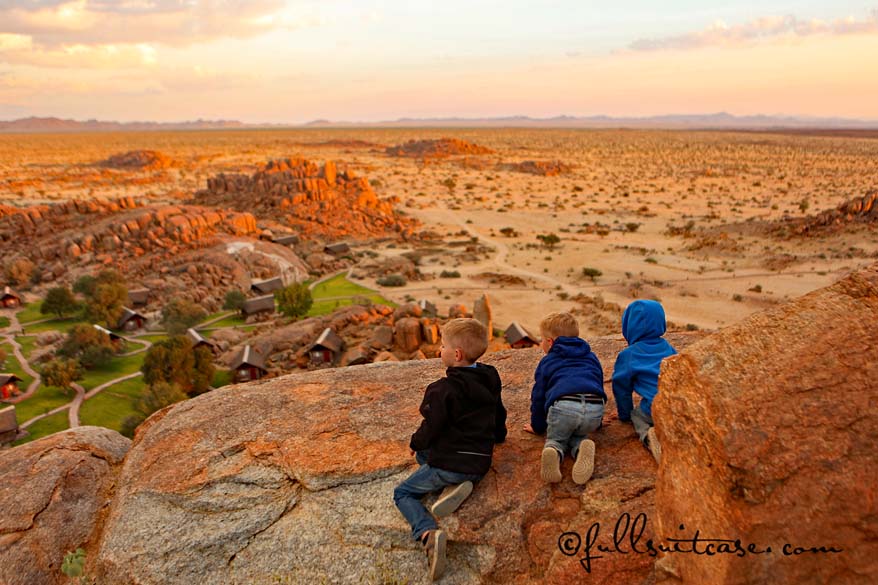
This site contains affiliate links, which means that we may earn a small commission, at no cost to you, for qualifying purchases. It supports the work that goes into keeping this content free. Thanks for reading! More info: Privacy Policy.
Traveling to Namibia and wondering what to pack or what to wear in Namibia? This guide has all the answers you need!
While in most countries you can easily buy something you had forgotten, it might be an impossible task in rural Namibia. Good preparation will save you lots of frustration and make your trip more comfortable.
Whether you are planning to drive across the whole country or just go there for a couple of days, this Namibia packing list covers all the essential tips for your trip.
First, we share a detailed packing list for Namibia. Further below, you’ll find practical advice on what to pack for camping, what to wear on safari, how to prepare when traveling with kids, and also what NOT to pack for Namibia. Find out!
READ ALSO: Best Places to Visit in Namibia
Overview:
What to Pack for Namibia
Health, Safety & Other Essentials
Whether you accidentally cut yourself, experience stomach issues, or bruise your knee while climbing granite rocks in Spitzkoppe (yes, this did happen to us), being prepared is essential. In rural areas, the nearest doctor could be hours away. A well-stocked first aid kit and any necessary prescription medicines are absolute must-haves. Here are the essentials:
- First Aid Kit. Include painkillers, probiotics, bandages and disinfectants, diarrhea medication, travel sickness remedies, and allergy treatments (for insect bites or reactions). You may want to consider a small first aid travel kit.
- Cold Packs. Pack a few instant cold packs or a cold pain-relieving spray—these often come in handy, especially if traveling with children.
- Insect Repellent. A mosquito repellent is a must in Africa.
- Flashlight. Ask any traveler about one essential item to pack to Namibia and most of them will advise packing a flashlight. It gets dark early, and you’ll need it for walking to dinner or unlocking your door. Plus, some hotels turn off power at night. To save your phone’s battery, I advise bringing a compact, powerful LED flashlight.
- Pocket Knife: A good Swiss Army pocket knife is a must on any road trip. We have used ours on more occasions than I can remember.
Navigation, Electronics & Adapters
Namibia’s remote areas make it essential to bring everything you need for navigation and charging your devices. Here are the musts:
- Map: A good old fashioned paper map is essential if planning a road trip. Get a recent, detailed map, ideally one that indicates petrol stations and the main lodges – it’s really helpful as many places don’t have an address.
- GPS: A GPS device (or a smartphone) with pre-loaded Namibia maps is highly recommended. Make sure to download all the maps before the trip so that you can use them offline.
- Smartphone + Charger + Power Bank. Don’t expect to have a connection all the time – Namibia is a country to disconnect… That said, you can use your phone for so many other things – from navigation to camera.
- Car Phone Holder. If you plan to use your phone for navigation, bring a good phone holder for the car. I always pack a magnetic wireless mount like this.
- Electrical Adapters: Namibia uses type D/M plugs. Keep in mind that some lodges cut off electricity at night, so you may need to charge several devices simultaneously. Consider a multiple-outlet adapter and don’t forget charging cables!
- E-reader with Built-in Light: Great for long dark evenings, especially in low-light accommodations. We all have Kindle Paperwhite e-readers and take them on all our trips.
READ ALSO: Namibia Itinerary for 3 to 4 Weeks
Camera Gear & Binoculars
- Camera Gear. Bring the best camera and lenses you have. Include extra batteries, chargers, and plenty of memory cards. Bring a tripod for wildlife photography at waterholes. I took my Manfrotto aluminum tripod to Namibia and used it on many occasions.
- Binoculars. If you are passionate about birdwatching and wildlife viewing, consider binoculars with image stabilization.
LEARN MORE: Best Cameras and Lenses for Safari
Luggage
- Soft-Shell Travel Bags. Whether you’re on a group tour, a self-drive road trip, or will be taking small planes in Africa, soft-sided travel bags are better than hard-shell suitcases. They’re more compact, flexible, and durable. Group tours and small airplanes always advise against hard-shell luggage. I recommend a waterproof duffel bag – it will be easier to keep it clean from dust and sand.
- Small Backpack. A small day backpack is a must for safaris, hikes, and day trips. Take a bag that can be closed well to avoid the sand getting inside (e.g. a rolltop backpack or similar).
- Luggage locks (like this). Use them every time you have to leave your luggage in the room or in the car. I would also pack a long bicycle lock to attach all your luggage to each other when you leave it in a car.
- Cooler. This is really helpful for storing food and drinks on long drives through rural areas. We took a soft-sided cooler with us and while not an absolute must, it was really useful for keeping our lunch packs and drinks fresh during the day.
Don’t Forget These Essentials
Here’s a list of other highly useful items to bring on your Namibia road trip:
- Sun hat, sunglasses, and sunscreen.
- Moisturizing body cream, hand cream, lip balm… You will need those all the time as it’s very dry in Namibia.
- Most hotels and lodges have all kinds of toiletries provided, but to be on the safe side, always take some soap and shampoo with you.
- Toilet paper (to have in the car), tissues, and sanitizing hand wipes.
- Big trash bags (like this) to cover your luggage while road-tripping (otherwise it will be covered with sand after each ride on gravel raods, even if stored in the trunk).
- Small trash bags are also very handy. You can use them as motion sickness bags, to separate dirty laundry, or as trash bags in your car.
- A nail brush (or a scrub brush) to clean your shoes and bags. There will be sand all over your stuff.
- Safety pins and a sewing kit.
- Clothesline and laundry detergent – nice to have if you need to do some laundry or to dry your swimwear.
What to Wear in Namibia
You won’t need much formal clothing in Namibia, as casual wear is perfectly acceptable for most activities. If you’re staying at luxury lodges, you might want to pack one or two smart outfits for evenings, but even then, jeans and a nice shirt are usually fine. During the day, you will only need casual clothes.
Most visitors travel to Namibia during the dry season (May–October), when daytime temperatures are warm enough for shorts and t-shirts. However, keep in mind that this is also the cold season, and nights can get very chilly.
Warm clothing is essential for early mornings and evenings, especially on safari rides, whale-watching tours, sunrise trips to the dunes, and similar activities. Be sure to pack a sweater, jacket, and long pants to stay comfortable when temperatures drop.
What We Packed for a 4-week Road Trip in July
Here’s our 4-week Namibia road trip clothing packing list, per person:
- 1 windproof jacket (we took our rain jackets).
- 1-2 sweaters or a fleece pullover (fleece dries fast – convenient if you need to wash it).
- 2 pairs of long pants, including a pair of light trekking pants.
- 2 pairs of shorts.
- 10 t-shirts or light cotton shirts (can be with long sleeves).
- 10 sets of underwear and socks.
- Swimsuit. However, only the kids used them. Swimming pools are not heated in Namibia, and the water is very cold in winter.
- A buff. For the children, we also took a winter hat and gloves and they wore them on several occasions.
- A pair of old socks – you can use those when climbing sand dunes and then throw them away at the end of the trip.
- A pair of hiking sandals, flip-flops, and walking shoes.
What to Pack for Camping in Namibia
If you’re planning to camp in Namibia, the gear you need will depend on your camping style (solo or group), whether your tent and cooking utensils are provided, and the time of year.
For winter camping (June-August), pack a really warm sleeping bag (it can get freezing at night) and an inflatable camping mat. Our friends used Vaude Sioux sleeping bags during a July trip and found them perfect for the cold.
A headlamp is a must-have for camping—it keeps your hands free when inside the tent or cooking. Other useful items include a quick-drying travel towel, slippers for the shower, and clothes that dry quickly. The rest of your gear will depend on your specific setup.
What to Pack When Traveling with Kids
When traveling with children, you are quickly tempted to overpack all kinds of stuff to keep them busy. This is completely unnecessary.
Here are the extras we packed for our kids (ages 3-6 at the time of our trip):
- 1 small cuddly toy to sleep with.
- Twistable crayons and paper.
- Binoculars. Don’t waste money on toy binoculars, as they offer little value. Instead, opt for compact binoculars with decent magnification that aren’t much more expensive. We bought a pair of small binoculars for each of our kids, and they kept them engaged and entertained throughout the trip
- Bring a digital tablet loaded with offline games, children’s audiobooks, and their favorite music to keep kids entertained during long drives. Depending on their age, you may want to pack headphones for a quieter ride.
- Booster seats (or simply rent them with the car). See our guide to the Best Booster Seats for Travel for more info.
READ ALSO: Namibia with Kids
What NOT to Pack
- Don’t take your newest suitcase or travel bag with you as the bags will be covered with sand every day you drive on the gravel roads. Pack an old travel bag or a backpack instead and make sure it’s well closed.
- As already mentioned, smart clothes are really not necessary in Namibia.
- High heel shoes, women’s sandals, ballet flats – you can leave all of these at home. They are completely useless in the desert.
- Unless you are really attached to it, leave all your jewelry at home.
- Don’t take too many electrical appliances with you. Take only what you really need. Unless you really need a laptop, leave it at home. A smartphone is usually more than sufficient.
- Don’t take too many toys for your children. Let your kids explore – roll down the sand dunes, climb the rocks, look for animals, play with sand and stones… If you really want to bring some toys, take a small ball or a frisbee.
Below, you can find some frequently asked questions about clothing and footwear.
Packing FAQ’s
Do You Need Neutral Color Clothing on Safari in Africa?
While it’s generally advised to avoid bright colors on safari, in my experience, it doesn’t matter that much since you are sitting in a car. If you have the choice, opt for neutral tones like light brown, grey, or earth-colored clothing. However, if the only windproof jacket you own is bright green, don’t stress about it.
What Kind of Shoes Do You Need in Namibia?
For footwear, we packed hiking sandals, flip-flops, and walking shoes. We wore walking shoes almost all the time and sandals just on a few occasions. Flip-flops proved handy for hotel rooms or the pool.
In general, closed shoes are ideal for Namibia. You don’t need full hiking boots unless you plan on extensive hiking, but light hiking shoes or comfortable sneakers are recommended.
In principle, one pair of shoes is sufficient if you want to travel light. That said, I’d pack the same essentials: hiking shoes, sandals, and flip-flops.
What You Really Need on a Road Trip?
Make sure to bring a first aid kit, sunscreen, a flashlight, a GPS, and a good map. Since many areas are remote, you might also want to carry extra water, snacks, and a cooler. It’s also a good idea to pack insect repellent and any personal medications, as the nearest doctor could be hours away in rural areas.
More tips for your trip to Namibia:
- What I Wish I Had Known Before Traveling to Namibia
- Best Place to Stay in Etosha National Park
- Where to Meet Indigenous People of Namibia
- Safari Tips
- Safari with Kids
If you found this post helpful, don’t forget to bookmark it and share it with your friends. Are you on Pinterest? Pin this image!
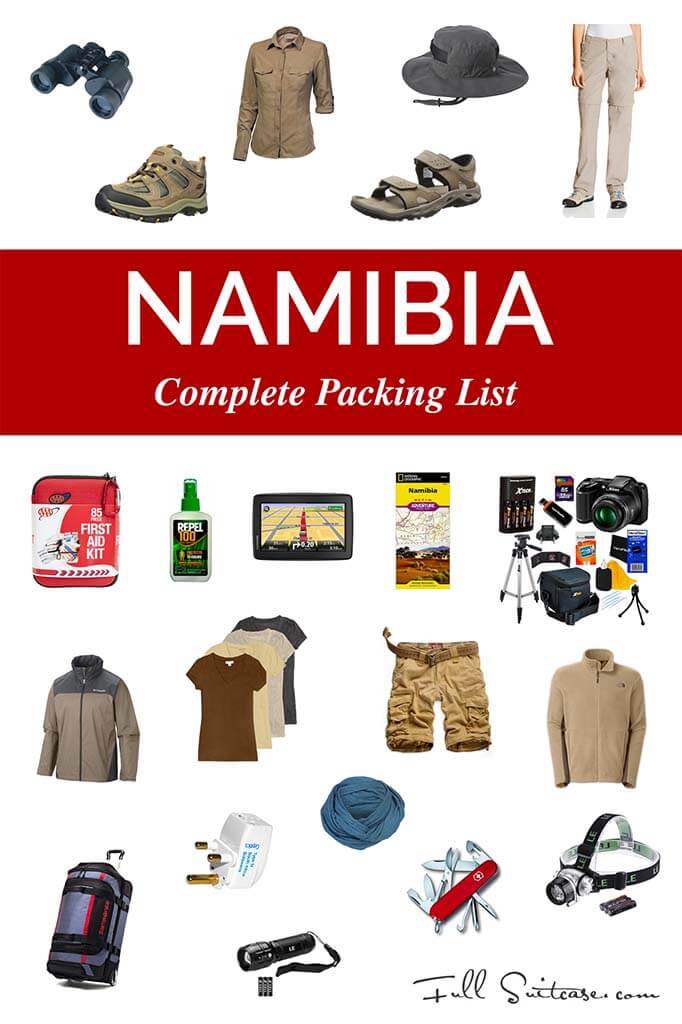


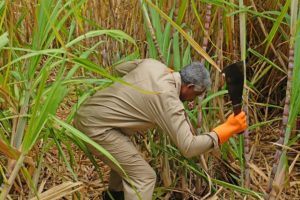

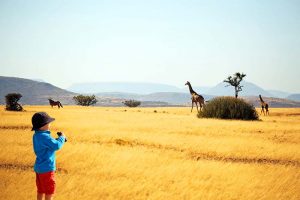
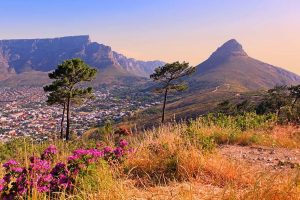
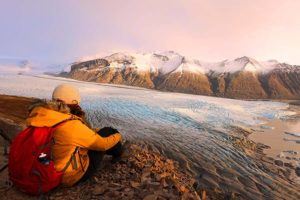
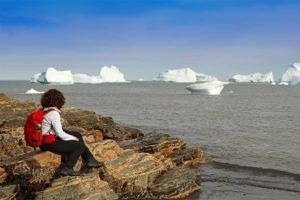
Incredibly useful. Thank you for your advice
Glad to help, Carol. Have a great trip!
My daughter is leaving soon for a study abroad semester in Namibia..THANK YOU for this post!!
,
–A worried mom
Hi Laurie, this list is more meant for travelers rather than someone like your daughter who will likely stay in the city. But yes, some things are a must in any case – like travel adapters or prescription medicine, etc. For the rest, she’ll just need ‘regular’ clothes – whatever she’d wear to go to school at home, just adjusted to the Namibian weather, of course.
Wish your daughter a great time in Namibia and try not to worry too much. It’s a beautiful country and I’m sure she’ll quickly make friends and feel at home there. And if you get a chance, go and visit her (and Namibia).
Hello Jurga,
This is a great multi informational blog. Especially coming from a Mom who travels with her family is almost a guarantee it is done meticulously. So thank you. Even though your trip was self-drive, I was wondering, I am more of the type who passes too much comfort for a bit of an organic connect when traveling to Africa. But since my driving partner bailed on me, I feel I have lost that opportunity; at least for now. So do you think by staying in Swakopmund and taking different excursions from there a good idea; time wise, convenience wise or even budget wise for that matter? Or is it even something that can be done? (I checked the link for different activities you included and they are pretty impressive. I already decided on 7 of them.)
Daniel z.
Thank you
Hi Daniel, if there is one place in Namibia where you could indeed visit without having to drive, it’s Swakopmund. The town is very nice and easily walkable. There are lots of hotels, restaurants, shops, etc. And there is indeed a big variety of organized tours that you can take. If your budget allows it, there are even fly-safaris to Sossusvlei if I recall well.
The only thing you’d need to do is get to Swakopmund from the airport in Windhoek. But I guess that shouldn’t be a problem.
Another option – and likely cheaper, depending on accommodation choices – is to visit Namibia with a small-group tour. See here for some great options.
Hope this helps.
Hi Jurga,
Thanks for responding so quickly!
I appreciate your suggestions; they have resolved quite a few doubts I had in mind.
I will further research this one more time and start preparing for 2021 summer trip.
Thank you again
Daniel
Thank you for the info. I am planning a trip for elderly retirees (70+) (even though we don’t feel elderly) Your lovely website has given me a great starting point
Good to hear that, Barbara. Enjoy your trip to Namibia!
Very useful. Thank you. I’m traveling to Namibia mid Feb to mid March. Any recommendations about weather conditions and camping at that time of year?
Hi Mervet, I’m really not sure. February-March is hot and rainy season in Namibia, but you never really know what you get as it can be so different from year to year.
This was really useful and pretty comprehensive.
Having spent three fabulous weeks in namibia, the three key things I would pack are:
A small screwdriver for fixing glasses/sunglasses.
A couple of small black dog poo bags – very useful to have in your pocket for collecting/carrying things.
Business cards to give to people to make swapping email addresses and photos easier.
Thanks for sharing your experience and tips, Peter. I am sure it will be very helpful to the other readers as well
Thank you for your kind and helpful information. I am travelling to Namibia with my god daughter. We will be spending two weeks with her brother (my god son) who is finishing up a tour with the Peace Corps.
Glad you found this useful, Kate! Enjoy the trip. Namibia is incredible!